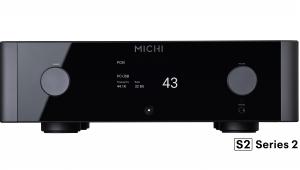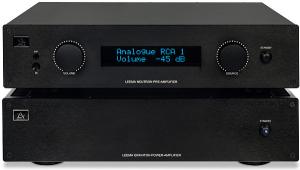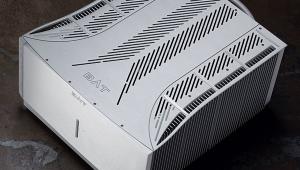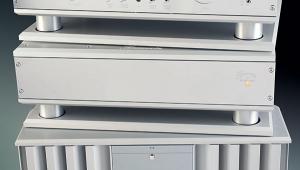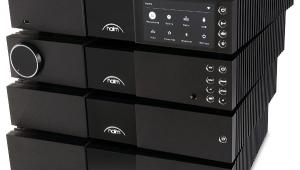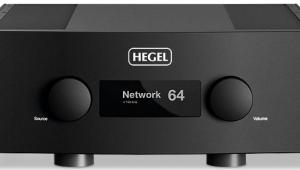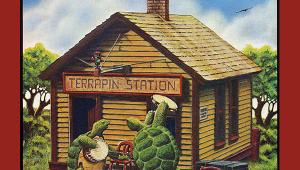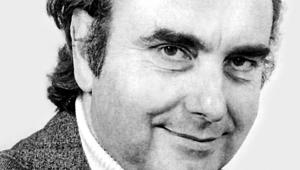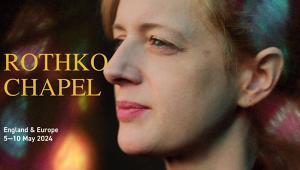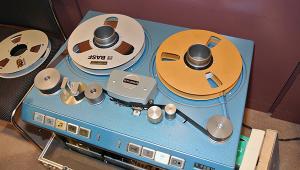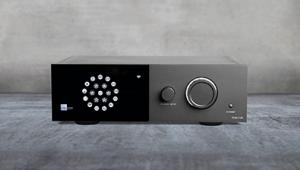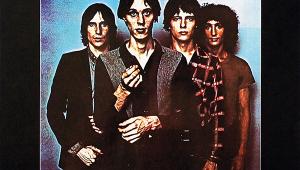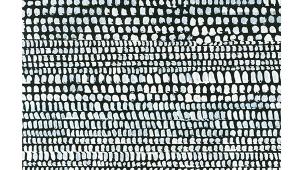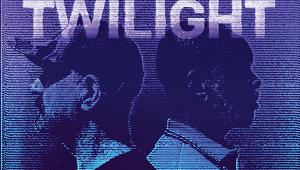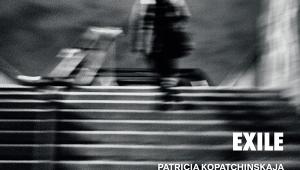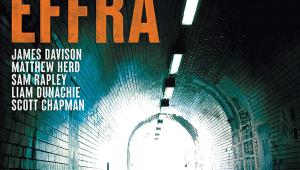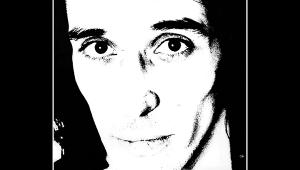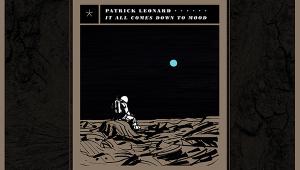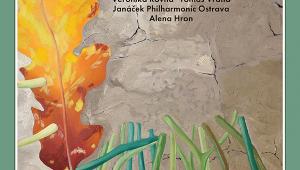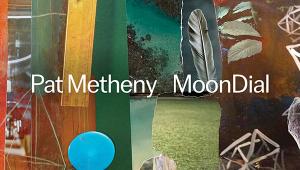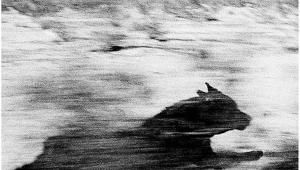Quad 22/Quad II (Vintage)
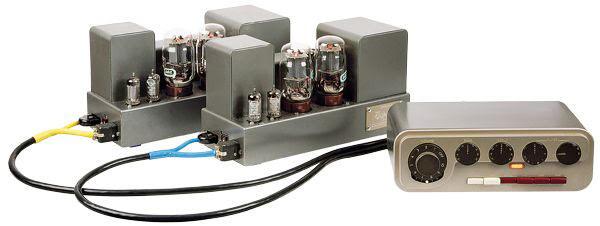
The Quad 22 control unit and II power amplifier have both enjoyed a presence on the hi-fi scene almost from its very beginnings. The 22 appeared in 1959 but the matching Quad II power amplifier had been around since 1953.
Like most amplifiers then, the 22/II was split into separate units, for mounting inside a larger cabinet. The compact 22 came with a basic metal shell so that none of its working parts was exposed should it be left free-standing. The circuits used in each unit are well executed, if basic. The real genius of the Quad system is the way the various units all fit together. Mains power and input signals are supplied to the 22 where all the controls are located. Two colour coded umbilical cables then carry both power and audio signals to the Quad II units.
The recommended loudspeaker was, of course, Quad’s classic ESL 57 electrostatic. To best match these, the amplifiers all left the factory with their output impedance set to complement a 15ohm load.
Despite its flexibility, the 22 really only has one usable input for modern line-level sources. This is the one intended for the stereo tuner, although even this is a little over-sensitive for modern equipment so an attenuator may be required.
Setting up is easy, but connecting sources brings with it the usual old British amplifier nuisance of oddly-sized RCA connectors fitted too close together. Thankfully the loudspeakers can be connected to the amp with traditional 4mm plugs. The only potential pitfall is that the six-way ‘Jones’ plugs, which mate with each Quad II, are not that positively polarised and therefore can be inserted upside down. This will blow the fuses if you are lucky and cause considerable damage if you are not.
The 22 is beautifully styled and a delight to use once the operation of the push button source selector has been mastered. The filters also take some working out. Note that the ‘cancel’ position also switches out the treble and bass controls.
Never flustered
It has been popular in recent years to use the Quad II amplifiers with modern preamplifiers or other equipment, but the design of the input circuit means that this is not ideal. All too often a thick, muddy sound with fuzzy detail will result. Using the 22 as originally intended solves these problems.
Offering around 15-20W per channel, the Quad system has just about enough power to meet most listening requirements without having to make excuses for itself.
Uncluttered and predominantly acoustic recordings seem to favour most competent valve amps so we began with a selection of these. One such disc was the spirited performance of ‘Don’t Marry Her’ by The Beautiful South from Blue Is The Colour [Go! Discs] where bright and lively guitar and percussion lines are overlaid with supremely detailed vocals. For such an old design the tonality was even-handed, bass was clean and dry, while the midband was pleasingly vivid. Separation between instruments and players was fine, but sounds seemed to come from areas in the soundstage rather than specific points.
Although more heavily processed, the 22/II also made easy work of ‘O Come, O Come, Emmanuel’ [And Winter Came, Warner]. This recording is backed by a variety of low frequency drones which will sap the power from any transformer-coupled amplifier. Nevertheless, at all but the very highest listening levels the Quad IIs refused to become flustered.
Verdict
Using the Quad II in its original context makes most sense. As for the 22, this is a masterpiece of industrial design. Luckily, the Quad duo reviewed here is perhaps the most widely available complete vintage valve amplifier pairing to be found secondhand.
Originally published in the 2014 Yearbook










